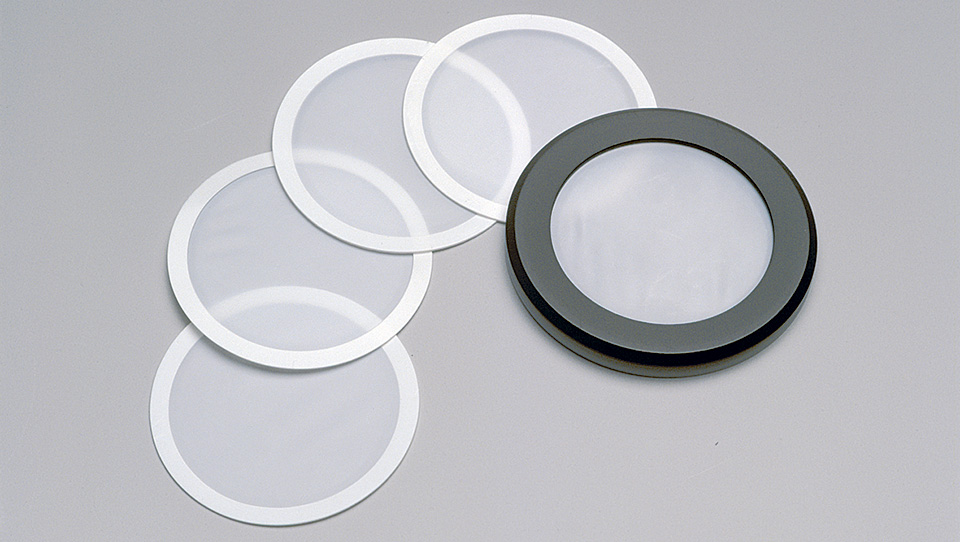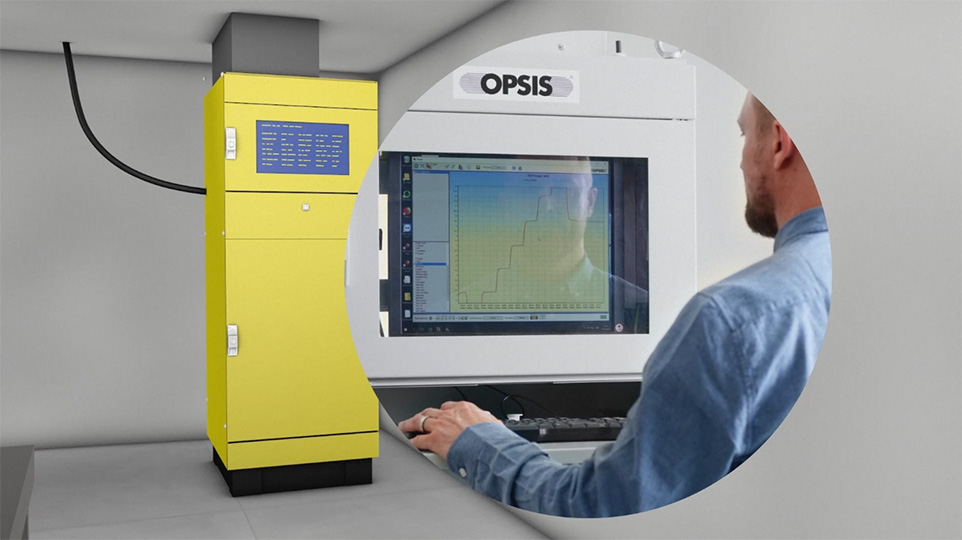Sampling for laboratory analysis
The concentration of some gaseous substances cannot always be measured directly. Instead, samples must be taken and collected for subsequent analysis. This may need to be done when the concentrations of the substances sought are very low or when it concerns a group of substances with varying optical and chemical properties that are to be monitored collectively.
AMBIENT AIR SAMPLING
When monitoring the ambient air, long-term sampling can be used to determine particle concentrations and also to investigate the composition of the particles with respect to e.g. metals. A low and well-controlled airflow is passed through a filter, and the filter can then be analysed for the matter that has accumulated on the surface. With the help of beta absorption technology, the measurement of the levels can be automated, but they can also be determined afterwards by weighing the filter in the laboratory. A laboratory can also perform X-ray fluorescence analysis (XRF) to determine the specific levels of, for example, lead in the particles.

ISOKINETIC SAMPLING OF EMISSIONS
When monitoring emissions, the sampling flow cannot be constant, but must be the same as the flow in the flue gas duct, which can vary over time. The sampling flow is therefore controlled by a signal that comes from a flow meter in the flue gas duct. This is called isokinetic sampling.
Directly after the sample leaves the flue gas channel, it is led to and through a sample container that contains a material suitable for adsorption of the substance being searched for. For example, a solid resin such as XAD-2 or similar is used when sampling dioxins and furans. After passing through the sample container, the sampling gas is routed through cooling and drying stages to a flow control valve and a flow meter, and finally to a pump that drives gas flow through the system. The gas can then be sent back to the flue gas duct or out into the ambient air.

EVALUATION OF EMISSION SAMPLES
A sample container can be mounted in the sampling flow for anything from a few hours up to several weeks, depending on what the substance being searched for is and which rules apply to the sampling. Immediately after the sampling period, the sample container is removed and a new one is inserted. The exposed container is sent to a laboratory for analysis while the new container is used for a new sampling period. At the laboratory, the material in the sample container is dissolved and vapourized, and the vapours that also contain the desired substance can be analysed, for example, with high-resolution gas chromatography and/or mass spectrometry, GC/MS.
The result of the laboratory analysis is the total weight of the substance of interest captured in the sample container. This is divided by the normalized volume of gas that passed through the sample container during the sampling period. Thanks to the fact that the sampling took place isokinetically, this gives the real, normalized average concentration of the sought-after substance during the sampling period.

BLOGS ON LONG-TERM DIOXINs SAMPLING
Read our blog posts on long-term dioxins and carbon dioxide sampling here.

